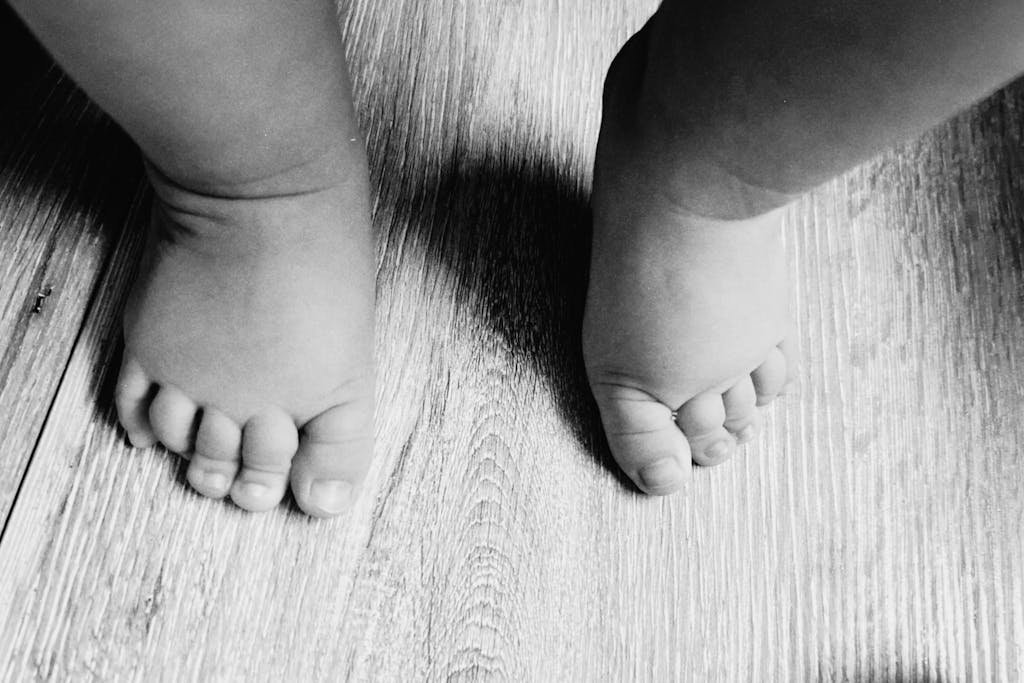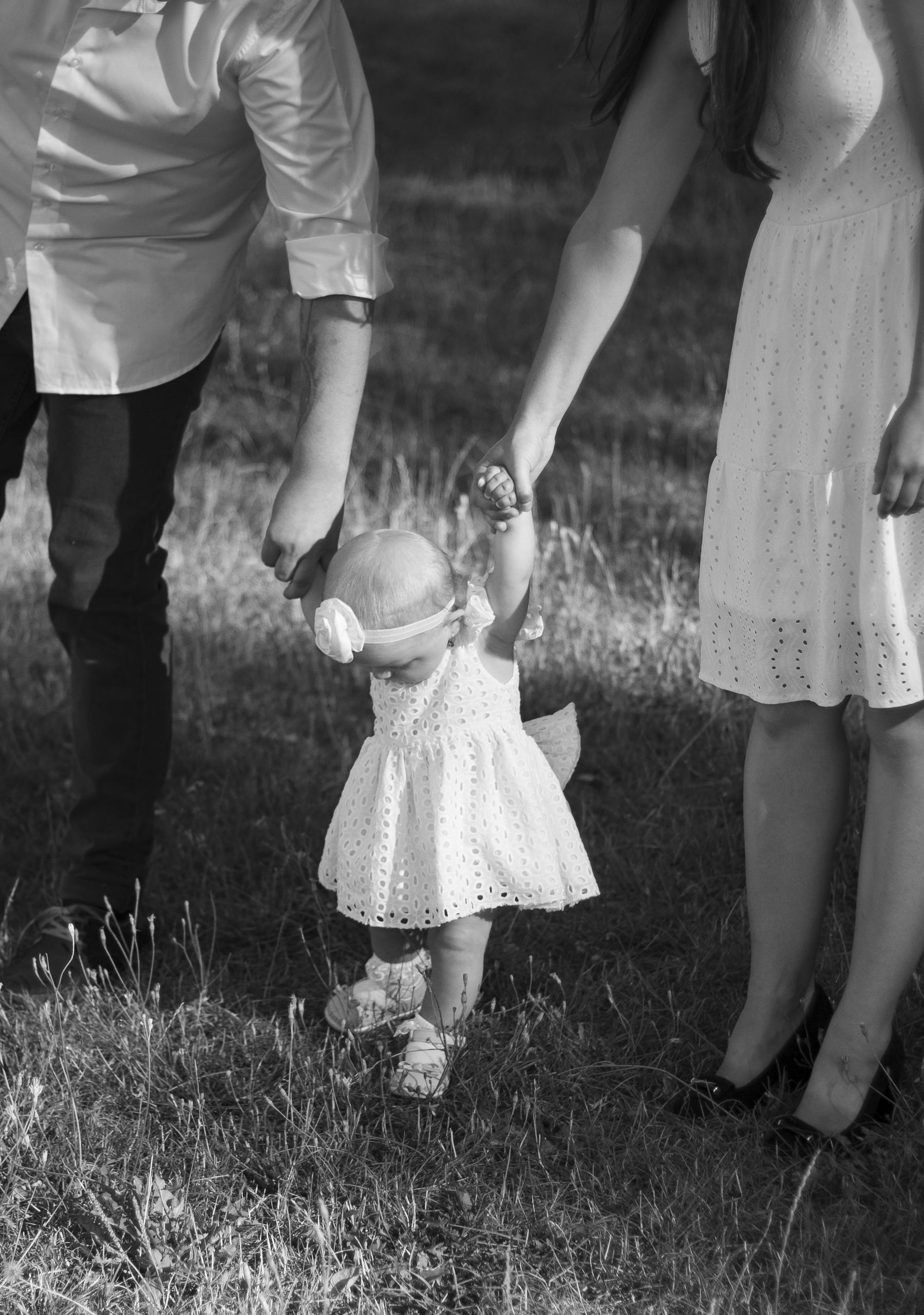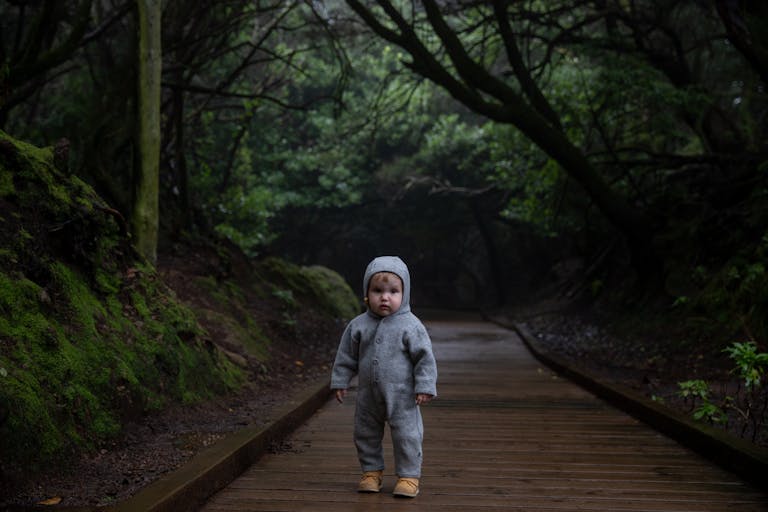Curious feet making invisible journeys, tiny legs twitching with an instinct not yet theirs—many parents find themselves mesmerized, and sometimes a bit bewildered, by the sudden “steps” their newborn seems to take before even attempting to crawl. From that moment when your child is held gently above a firm surface and those little legs begin their rhythmic march, a tangle of questions may rise: Is this normal? Does every baby do this? What’s going on beneath the surface? The stepping reflex—sometimes called the “walking reflex” or “neonatal stepping”—is a window into your baby’s developing brain. Sifting through a mix of fascination and concern, you might wonder about its purpose, its disappearance, and how to best support your tiny “walker.” Let’s unravel what the stepping reflex reveals, how it is scientifically significant, when to expect changes, how you can observe it yourself, and—perhaps most importantly—how to encourage healthy motor development. If uncertainties linger or progress seems unusual, remember that pediatric professionals can guide you each step of the way.
Decoding the Stepping Reflex: A First Glimpse into Movement
What exactly is this stepping reflex, and why does it emerge? Imagine your newborn, just days old, suspended upright—with their feet grazing a stable surface. Almost magically, their legs begin to alternate in a marching pattern, as though expelled on some invisible treadmill. This remarkable movement is not a sign that your baby is ready to walk, but a primitive reflex: an automatic action rooted deep within the nervous system, poised to fade swiftly as the nervous system matures.
Stepping reflex (also labeled as neonatal stepping, step reflex, or simply walking reflex) manifests only in the earliest chapters of life. Medical professionals and neuroscientists see it as a reflection of neurodevelopmental maturation—a short-lived demonstration of how spinal cord circuits and the brainstem collaborate before higher brain centers fully engage. It’s not an effort your baby controls consciously; rather, it’s a symbol of reflex integration, paving the physiological pathway toward future volitional milestones—rolling, crawling, standing, and eventually, real walking.
The Role of the Stepping Reflex in Development: A Medical Perspective
Why should parents pay attention to this brief phenomenon? At first glance, the stepping reflex appears only fleetingly, but peel back the science and the significance grows. The alternate flexion and extension of the hips, knees, and ankles fires the very neural pathways and muscle tone essential for upright movement later in infancy.
Far from being a party trick, the stepping reflex actively primes your child’s muscles for future balance and coordination. Repetitive, rhythmic contractions work as a rehearsal for supporting weight, shifting the body’s center of gravity, and laying the foundation for voluntary neuromotor achievement. Think of it as an “early rehearsal”—programming important locomotor patterns before deliberate control is even possible.
A Timeline: Appearing, Peaking, and Fading Away
From the very first hours after birth, the stepping reflex can often be elicited with the right conditions. Gently supporting your newborn under the arms and bringing their feet into contact with a firm, flat surface will, for most infants, evoke those characteristic stepping gestures. Like a visitor with a return ticket, this reflex will typically vanish by 2 to 3 months—sometimes melting away even sooner as baby gains weight and muscle control shifts from reflexive to voluntary.
The brevity of this window is no cause for alarm—rather, the fading of the stepping reflex is widely viewed by pediatricians as a sign of progressing nervous system maturation and healthy brain development. If you notice the reflex is faint or inconsistent as the end of this period approaches, that’s often simply a reflection of changing muscle mass, emerging fat distribution, and the nervous system prioritizing new challenges.
The Science Within: How the Stepping Reflex Works
Physiologically, the stepping reflex is orchestrated by an intricate network of motor neurons in the spinal cord and brainstem—neural highways that fire independently of higher brain centers. When the feet press against a solid surface, these circuits prompt alternate muscle contraction and relaxation, echoing the same foundational patterns that enable walking later.
These automatic stepping movements don’t just stop with humans. In the animal kingdom, newborn mammals such as kittens, foals, and even baby rats display similar pre-programmed locomotor actions—a testament to shared evolutionary strategies for survival and adaptation.
As the cerebral cortex (the “executive” part of the brain) matures, it gradually overrides these primitive circuits. The transition from reflex to purpose-driven action heralds a baby’s blossoming control over movement, balance, and posture.
Recognizing and Observing the Stepping Reflex: At Home and in the Clinic
How Professionals Examine the Reflex
Pediatricians regularly assess the stepping reflex during early check-ups. The process appears beautifully simple: the newborn, supported under the arms, has the soles of their feet placed against a padded surface. Often, a slight forward tilt boosts the response—legs alternate in a dance-like rhythm. Your provider may discuss the significance with you, noting how this response weaves into the overall assessment of neurodevelopmental progress.
Home Observation: Safe Steps for Curious Parents
Curiosity often leads families to try eliciting the stepping reflex at home—a perfectly reasonable instinct, provided safety comes first. Here’s how to proceed:
- Hold your baby upright, offering firm support under the arms (and extra head support for very young infants).
- Bring their bare feet into gentle contact with a stable, sanitized, flat surface.
- Watch as one leg, then the other, lifts in an alternating pattern. The frequency or intensity will vary; some babies respond with enthusiasm, others only briefly.
- Always limit these “practice runs” to under a minute, especially if your child seems tired or unsettled.
If you notice a fleeting or subtle response—don’t worry. Variability is normal, and this reflex really is just an overture, quickly bowing out as other skills take the stage.
What the Disappearance Signals: Integration and Neurological Health
Ironically, the vanishing act of the stepping reflex is what reassures most pediatricians. Fading between two and three months, it announces that your baby is no longer operating on “autopilot.” Instead, voluntary coordination is now starting to replace primitive patterns. That means muscle control is progressing, motor integration is occurring, and the central nervous system is on a healthy track toward complex movements—think rolling, sitting, crawling, and finally walking.
Foundations for Balance, Posture, and Locomotion
Even though it is short-lived, the stepping reflex kindles the balance and postural adjustments essential for later mobility. Regular alternation between leg lifts strengthens trunk and lower limb muscles, deepening each baby’s readiness for taking their first true steps in the months ahead. These early “practice sessions” may not seem significant in the moment, but collectively, they construct the base for more advanced motor milestones.
Supporting Motor Development: Practical Advice for Parents
If you’re wondering how best to nurture your baby’s neuromotor journey, rest assured—complex tools aren’t required. Some simple yet powerful habits make all the difference:
- Tummy time: Place your baby on their stomach, while awake and supervised. This position encourages them to lift their head, push up, and wiggle, activating muscles from neck to toes.
- Free exploration: Allow your newborn to move and stretch on a flat, uncluttered surface, such as a safe playmat. The ability to roll, shift, and reach for toys fuels developing motor circuits.
- Skip walkers and mobile seats: Despite their clever design, such devices can confine or misalign developing muscles, and may even delay independent walking.
- Engage with interactive play: Reach for toys, use gentle rattles, and create playful opportunities for your baby to look and move—stimulating both gross and fine motor learning.
A minute or two of gentle upright support, with your baby’s feet on a flat surface, is all that’s necessary—no repeated drills required. The stepping reflex will integrate naturally as your child’s nervous system advances.
When Concern Should Lead to Consultation
Most parents see the stepping reflex come and fade without a second thought. Still, in some scenarios, reaching out for professional insight is the wisest step. If you notice:
- A persistent stepping reflex beyond 3 months
- The reflex is completely absent or extremely weak from birth
- Marked asymmetry (only one leg moves, for example)
- Delays in other milestones (holding up the head, coordinated arm/leg movements)
Contact your pediatrician. Most differences are minor, but early assessment can soothe worries, offer extra support if needed, and optimize outcomes—especially if neurological or developmental challenges do exist.
Distinguishing Typical and Atypical Responses
A healthy stepping reflex is characterized by alternate, rhythmic leg lifts when gently supported. Temporary dampening due to tiredness, hunger, or emotional upset is commonplace—babies are, after all, learning to interpret and respond to an enormous array of sensations. However, ongoing absence, marked weakness, or persistent, vigorous reflexes can sometimes highlight underlying issues, such as motor integration difficulties or rare neurological delays. Early and professional observation ensures any necessary support is delivered on time.
The Stepping Reflex in the Larger Picture of Newborn Reflexes
The stepping reflex is but one piece of a broader puzzle—the tapestry of primitive newborn reflexes assessed during the first months. These include:
- The Moro reflex (startle)
- The grasp reflex
- The asymmetric tonic neck reflex (often called the “fencing posture”)
Regular pediatric evaluation checks that these sticky, archaic codes fade away, making room for advanced voluntary motions. Retention of any primitive reflex may complicate coordination or voluntary movement, underscoring the vital role regular professional check-ups and attentive parenting play in safeguarding long-term motor health.
Key Takeaways
- The stepping reflex is a fleeting but illuminating feature of newborn development, offering early insight into your child’s neurological health.
- Emerging from birth and usually disappearing by 2 to 3 months, the reflex marks healthy neural and muscular transition—its fade is a comforting sign of your baby’s progress.
- Observing the stepping reflex at home is both safe and rewarding, as long as your baby is calm and supported, and sessions are brief.
- Encourage motor growth with practices like tummy time, free movement, and interactive play—avoid restrictive devices such as walkers, and let natural curiosity lead the way.
- Any concerns about absent, asymmetric, weak, or persistent stepping should prompt a discussion with your pediatrician, whose expertise can quickly clarify normal variation versus signals for extra support.
- Remember: the journey through early movement is unique for every child, and supportive resources abound. For personalized advice, trusted health questionnaires, and ongoing guidance, consider downloading the Heloa app, a companion for monitoring and nurturing your child’s motor milestones.
Parenthood unfolds in countless steps—sometimes literal, often metaphorical. The stepping reflex is just the beginning, a brief prelude in your child’s remarkable story of movement and growth.
Questions Parents Ask
Can the stepping reflex predict when my baby will start walking?
The stepping reflex is a fascinating, early sign of motor development, but it is not an indicator of when your child will take their first steps. Each baby grows at their own pace, and walking depends on a blend of muscle strength, balance, and coordination that develop over several months. So, if your child shows a strong stepping reflex early on, rassurez-vous—it does not mean walking will arrive sooner or later. The most important thing is to support and encourage your baby’s unique milestones as they come.
Is it possible for some babies not to show the stepping reflex at all?
It does happen that some babies might not show a clear stepping reflex, especially if they are a bit tired, hungry, or simply not in the mood. This can be normal and isn’t always a sign of a problem. However, if you notice your baby consistently lacks this reflex, or if you have any doubt, you can always seek reassurance from your pediatrician. Early assessments can help clarify any concerns gently and give you peace of mind.
Does the stepping reflex help in diagnosing neurological issues?
The stepping reflex is one of several reflexes health experts check to observe the early functioning of a baby’s nervous system. While variations are usually harmless, a reflex that is absent from birth or strangely exaggerated may sometimes guide professionals to look closer at your child’s neurological development. Il convient de rappeler que seul un professionnel de santé pourra interpréter ces observations et vous accompagner avec bienveillance si un accompagnement supplémentaire s’avère nécessaire.

Further reading:









